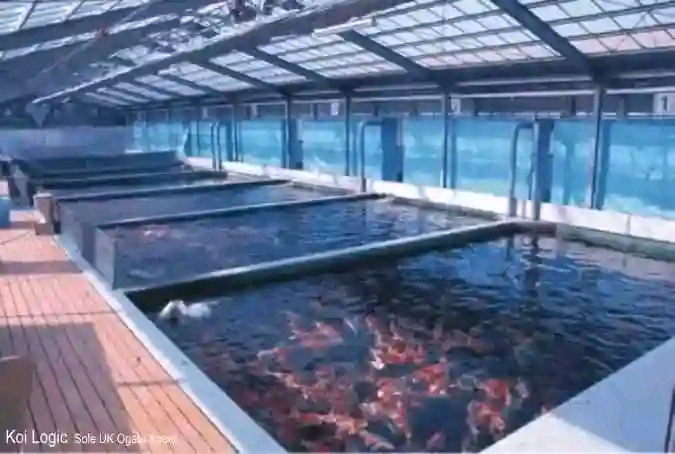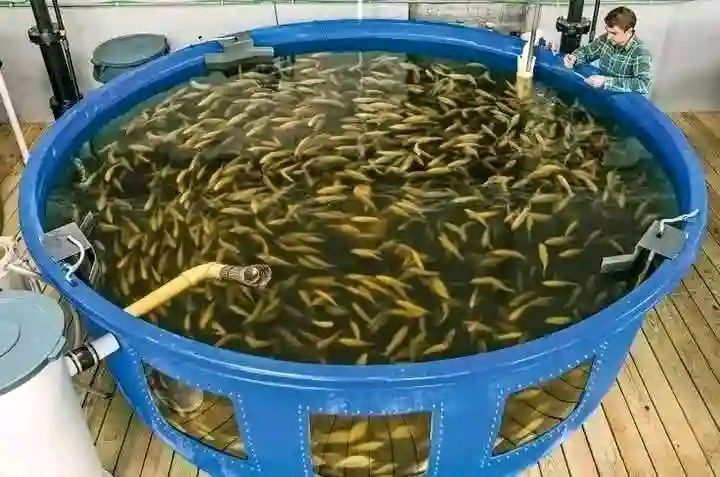$30 billion dollars market FISH FARMING
Fish Farming
Fish farming, also known as aquaculture, involves the breeding and rearing of fish in controlled environments. Here are some common types of fish that are suitable for fish farming, along with feeding and maintenance guidelines:
Types of Fish for Fish Farming
1. Tilapia
- Feeding: Tilapia are omnivorous and can be fed a diet of commercial pellets, supplemented with plant materials like algae, vegetables, and grains.
- **Maintenance**: Maintain water quality with regular monitoring of pH, ammonia, and dissolved oxygen levels. Provide adequate space and avoid overcrowding.
2. Catfish
- Feeding: Catfish are bottom feeders and thrive on high-protein pellets, which can be supplemented with live or frozen foods like worms and insects.
- Maintenance: Ensure clean water with good aeration. Regularly check for diseases and maintain proper stocking densities.
3. Trout
- Feeding: Trout require a high-protein diet, typically provided through commercial trout feed pellets. They may also eat insects and small fish.
- **Maintenance**: Trout need cold, well-oxygenated water. Monitor water temperature and quality closely, and provide adequate filtration.
4. Salmon
- Feeding: Salmon are carnivorous and require a diet rich in protein, often provided through specially formulated pellets.
- **Maintenance**: Salmon farming requires careful management of water quality, temperature, and oxygen levels. Regularly check for parasites and diseases.
5. **Carp**
- **Feeding**: Carp are omnivorous and can be fed a variety of foods, including grains, vegetables, and commercial pellets.
- Maintenance: Carp are hardy fish, but water quality should still be monitored. They can tolerate a range of conditions but thrive in clean, well-oxygenated water.
6. Barramundi
- Feeding. Barramundi are carnivorous and require a high-protein diet, typically provided through commercial fish pellets.











Comments
Post a Comment